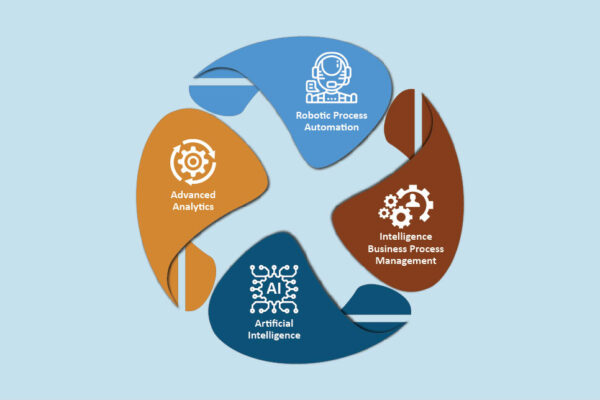
Developing and Implementing a Meta-data Strategy
Developing and implementing a meta-data strategy has always been a tough proposition, as most of the senior management does not understand the importance of the subject. Let alone meta-data many IS community members don’t even understand the importance of data.
Meta-data, in most simple terms, means “structured data about data” or “data that describes something (that may or may not itself be data).” Examples of metadata include a definition of the data element, business names of the element, systems abbreviations for that element, the data type and size of the element, source location, data steward, alternate alias, alternate spelling, etc. In other terms, meta-data is any information used to aid identification, description, characteristics, location of, access to, data elements, and information.
So the question is, why is meta-data important? Meta-data serves as a bonding agent that ties various tools and technologies together at an enterprise level. A sound meta-data strategy ensures seamless sharing, exchange, and integration of tools and repositories. Developing a meta-data strategy for an enterprise requires cooperation from both technical and business area members in an enterprise. Technical meta-data provides the description of the data in an IT infrastructure, whereas business meta-data defines where the data came from, who owns it and how it gets transformed.
To have an effective meta-data strategy, some essential building blocks include:
Identify the technical members most knowledgeable about the data
Identify the business area members most knowledgeable about the business data and business processes
Have business users identify the data stewards and data advocates for data and processes
Determine sources of record for data within an enterprise
Determine the usage of meta-data
Identify all sources of meta-data including data models, rose models, CASE tools, silo repositories, data dictionaries, glossaries, third-party dictionaries, business rules, data mapping documents, business process mappings, data flow diagrams, corporate abbreviations, excel spreadsheets, catalogs, etc.
Determine the overall architecture for meta-data storage. A meta-data storage architecture defines an organization’s overall strategy for meta-data storage and retrieval of meta-data. A centralized repository pulls in all the meta-data in one location, a distributed architecture creates many small focused repositories, and a hybrid architecture combines the two for the best results:
Determine integration points and processes necessary to consolidate and integrate the meta-data
Determine meta-data reporting and dissemination strategies
Evaluate full-lifecycle meta-data management tools
Standardize and document meta-data sourcing processes
Determine how to keep the meta-data up-to-date. This has always been a challenge in organizations. It is important to keep the meta-data refreshed as obsolete or stale meta-data can result in wrong decision-making.
Standardize and document the meta-data change management process and procedures
Define meta-data security needs
Define components of the meta model
Identify issues and constraints
Form a meta-data steering committee
Discuss and confirm the meta-data management strategy with the management
Remember, an enterprise meta-data solution cannot be done with a big-bang approach. The meta-data solution project needs to be divided into smaller, more manageable chunks. An advantage of delivering a meta-data solution in a phased approach is an early buy-in from the business areas and project champions.
In conclusion, the development and implementation of a Metadata Strategy enable an organization to begin to measure the value of the information assets under its control.





